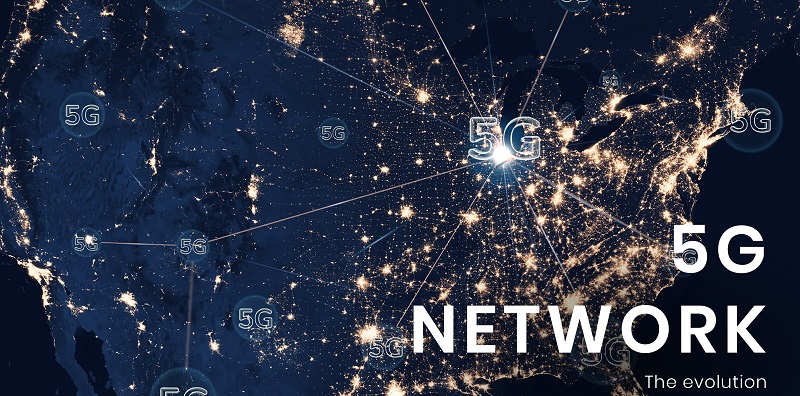The advent of 5G technology has brought forth a transformative force that is significantly reshaping both communication and business landscapes. With its unprecedented connectivity speeds and minimal latency, 5G has become an indispensable tool for businesses, governmental institutions, and public service providers alike. Recently, the implications of this revolutionary technology were under vibrant discussion at Connected Britain 2020, highlighting the need for collaboration, innovation, and active stakeholder involvement to harness its transformative potential.
Unleashing Unparalleled Connectivity
In the digital age, an organization’s success is increasingly dependent on its ability to connect, collaborate, and respond to market demands in real-time. The unparalleled connectivity speeds and almost non-existent latency offered by 5G position it as a vital tool for businesses and governmental institutions. By resolving connectivity bottlenecks, expanding telecommunication capabilities, and enabling seamless data transfers, 5G empowers organizations to stay ahead of the game while delivering efficient and effective services.
Highlighting Implications
During the Connected Britain 2020 conference, experts and industry leaders delved into the wide-ranging implications of 5G technology. The discussions revolved around nurturing an environment of innovation and evolution through collaboration. By leveraging the unprecedented capabilities of 5G, organizations can transform their operations, streamline processes, and deliver enhanced services to the public.
Envisioning 5G Integration
One pioneer in the digital transformation of public services, Intelligens Consulting, envisions the integration of 5G as a pathway to streamline the delivery of public services. With its reliability, high bandwidth, and low latency, 5G enables improved remote healthcare services, smart city initiatives, and efficient emergency responses. By harnessing the power of 5G, public service providers can enhance operational efficiency, reduce costs, and deliver better services to citizens.
The Role of Active Stakeholder Involvement in Successful 5G Leverage
Experts emphasize the integral role of active stakeholder involvement during the design process for successful leveraging of 5G technology. Collaborating with stakeholders, such as telecommunications providers, local authorities, and technology experts, enables organizations to better understand the needs, challenges, and potential benefits of 5G integration. This collaboration paves the way for tailored solutions that align with societal needs and drive impactful outcomes.
Collaboration is Key
Collaboration emerges as a key aspect of harnessing the transformative potential of 5G. By fostering an environment that encourages collaboration, organizations can tap into a collective pool of knowledge, ideas, and resources. This collaboration enables innovative solutions, ensures that 5G deployments align with societal needs, and ultimately drives positive and impactful outcomes for businesses, public institutions, and the public at large.
The Value of Adaptability
5G brings with it the value of adaptability – the flexibility to accommodate changing conditions and seamlessly integrate multiple use cases. This adaptability allows businesses and public service providers to respond quickly to evolving trends and demands. Whether it is integrating artificial intelligence, the Internet of Things (IoT), or other emerging technologies, 5G provides a versatile platform that can support a myriad of applications and services.
Harnessing the Transformative Potential of 5G
Intelligence Consulting, a leading proponent of digital transformation in public services, has made a clarion call to public authorities and stakeholders to harness the transformative potential of 5G. This call to action emphasizes the need to seize the opportunities presented by 5G to revolutionize public service delivery. By leveraging 5G technologies, public service providers can create a society that thrives on enhanced connections, improved access to services, and ultimately leads to a better quality of life for citizens.
The transformative potential of 5G technology in reshaping communication and public services cannot be underestimated. Its unparalleled connectivity speeds, minimal latency, and adaptability provide a solid foundation for innovative solutions and improved service delivery. Collaboration, stakeholder involvement, and adaptability are crucial components for the successful integration of 5G. As organizations and public authorities harness the transformative potential of 5G, they can create a society that thrives on enhanced connections, better services, and an improved quality of life for all.

